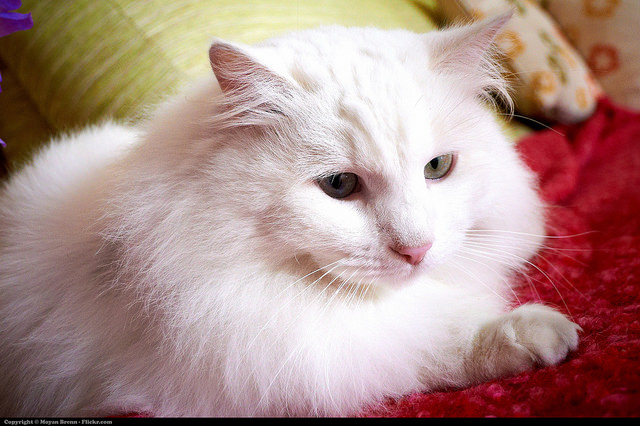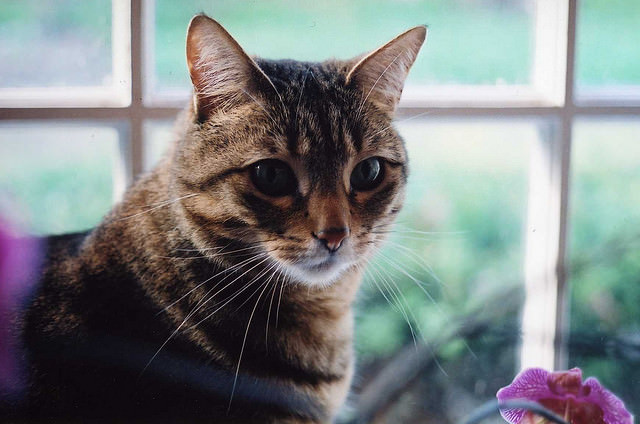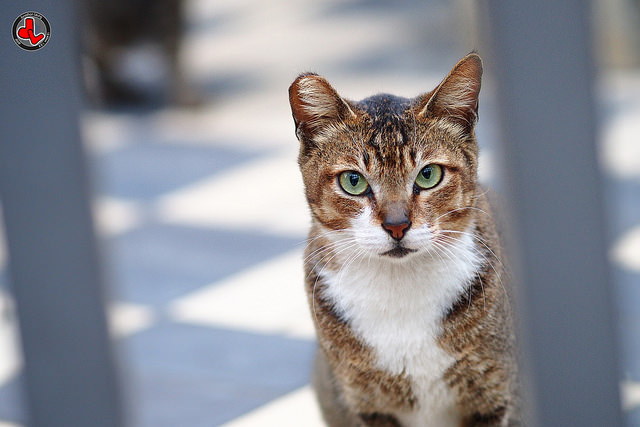Hairballs are gross. The hacking, the gagging, the long, squishy ropes of hair left for you to step on as you stumble through the dark to the bathroom at 3am– none of it is good.

Image Source: anaa yoo via Flickr.com
If there is any plus side to hairballs it’s that they actually signify that your cat has a healthy and regular grooming routine. Hairballs start when your cat grooms herself. Her tongue has tiny hooks on it that help her pull loose hairs from her coat, sort of like a brush. Most of the hair passes through her digestive tract and will end up in her litter box, but some of it will remain in her stomach and form a hairball. Even though they are called balls, you’ll notice that they are actually more tubular. That’s because they become elongated when they’re pushed through her narrow esophagus. Eventually she will cough it up and you will clean it up.

Image Source: Moyan Brenn via Flickr.com
All cats (the ones with hair, at least) can cough up hairballs every now and then, but the ones who are most prone to them are cats with long hair, cats who shed a lot, or cats who compulsively groom themselves. Since hairballs are a natural byproduct of the grooming process, there’s nothing you can do to completely prevent hairballs. Luckily, there are some things you can do to help reduce how often they appear.

Image Source: sabianmaggy via Flickr.com
Groom Your Cat Regularly
This might seem silly, since your cat has hairballs since she is such a studious groomer. But if you brush off loose fur even a few times per week it can send a lot less of it to her stomach (and ultimately your carpet).
Consider a “Hairball Formula” Cat Food
Quite a few cat foods these days are formulated to help reduce hairballs. These foods have extra fiber in them to help push the hair through the digestive tract. They are also fortified with extra ingredients (like Omega-3s and Vitamin E) to help improve your cat’s coat and reduce shedding.

Image Source: Jonathan Leung via Flickr.com
Use a Hairball Relief Paw Gel
Just as it sounds, these gels get squirted onto your cat’s paw and she’ll lick it off to get the benefits. Many of these gels act as mild laxatives and are designed to help push hair through her digestive tract quicker.
Discourage Excessive Grooming
If you notice that your cat has been compulsively grooming, make an appointment with your veterinarian. Not only can compulsive grooming lead to bald spots, irritated skin, and even infections, but it can also be a sign that your cat is stressed out or experiencing another underlying health problem.
